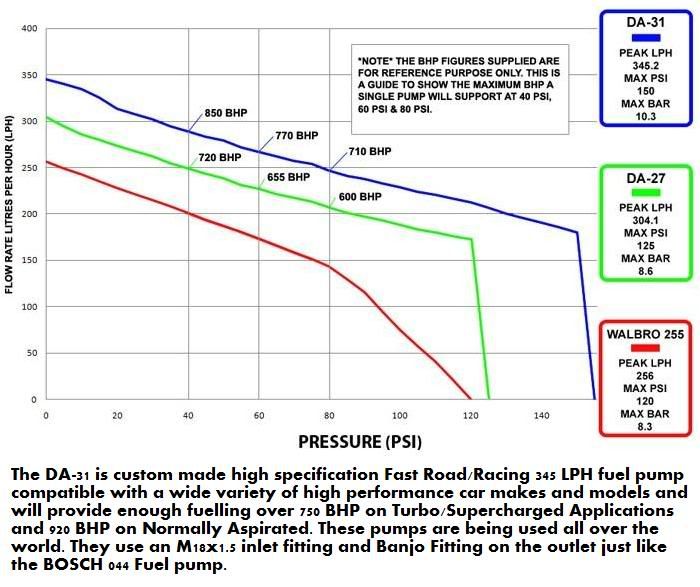PumaNoob
New member
I did have a thought as you said in your PM about it possibly being to do with the VCT! If you could find out what RPM the VCT kicks in on the 1.7, and what exactly it does (id assume it advances it at higher RPM), then that would be awesome, as if the VCT kicks in around 4000rpm, and it advances it, its an easy fix!! I can just get rid of the VCT all together, or retard the inlet cam a few degrees. Ill still get an air fuel gague i think, but if you can get the figures, and they are what i want them to be, ill owe you a drink mate!!

